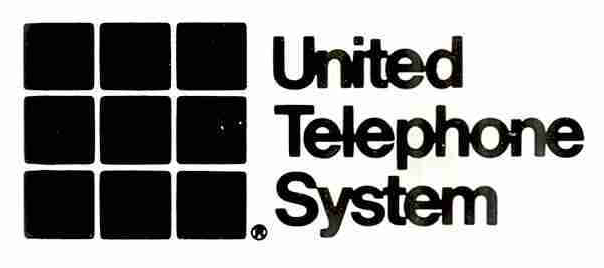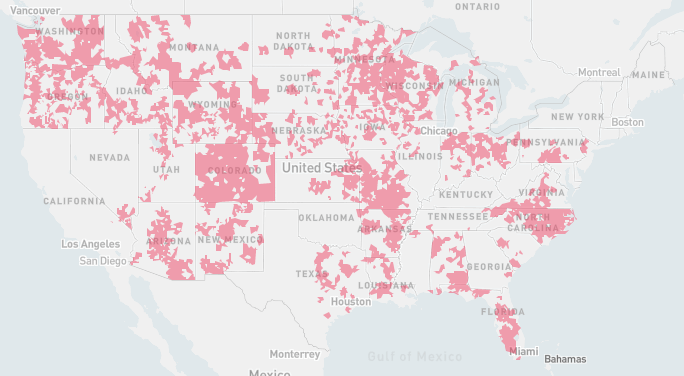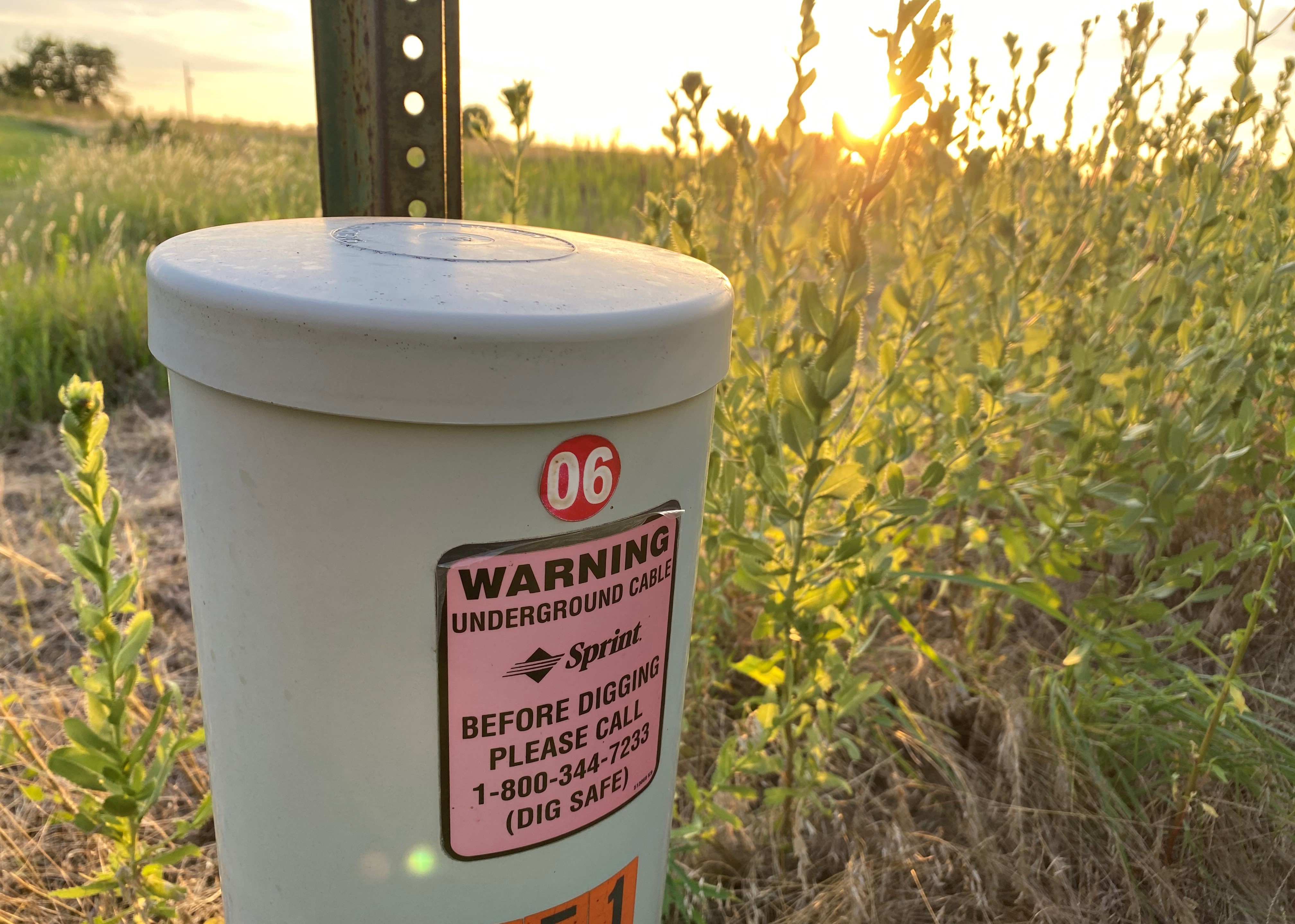|
Embarq
Embarq Corporation was the largest independent local exchange carrier in the United States (below the Regional Bell Operating Company, Baby Bells), serving customers in 18 states and providing local, long-distance, high-speed data and wireless services to residential and business customers. It had been formerly the local telephone division (LTD) of Sprint Nextel until 2006, when it was spun off as an independent company. Embarq produced more than $6 billion in revenues annually, and had approximately 18,000 employees. It was based in Overland Park, Kansas. In 2009, it was purchased by CenturyTel, which Rebranding, rebranded as CenturyLink (now known as Lumen Technologies) after the merger. History Brown Telephone Company C. L. Brown founded Brown Telephone Company in the small town of Abilene, Kansas. The company was a landline telephone company that operated as a competitor to the Bell System. Brown acquired a number of other local telephone companies, merging them under ... [...More Info...] [...Related Items...] OR: [Wikipedia] [Google] [Baidu] |
Lumen Technologies
Lumen Technologies, Inc. (formerly CenturyLink, Inc.) is an American telecommunications company headquartered in Monroe, Louisiana, which offers communications, network services, security, cloud solutions, voice and managed services through its fiber optic and copper networks, as well as its data centers and cloud computing services. The company has been included in the S&P 600 index since being removed from the S&P 500 in March 2023. Its communications services have included local and long-distance voice, broadband internet, Multiprotocol Label Switching, private line (including special access), Ethernet, hosting (including cloud hosting and managed hosting), data integration, video, network, public access, Voice over Internet Protocol (VoIP), information technology, and other ancillary services. Lumen has gone through many acquisitions, divestments, and structural changes. In the 20th century, this primarily consisted of buying and selling local telecom providers. Larger ... [...More Info...] [...Related Items...] OR: [Wikipedia] [Google] [Baidu] |
Sprint Nextel
Sprint Corporation was an American telecommunications company. Before being Merger of Sprint Corporation and T-Mobile US, acquired by T-Mobile US on April 1, 2020, it was the fourth-largest mobile network operator in the United States, serving 54.3 million customers as of June 30, 2019. The company also offered wireless voice, messaging, and broadband services through its various subsidiaries under the Boost Mobile and Open Mobile brands and wholesale access to its wireless networks to mobile virtual network operators. In July 2013, majority ownership of the company was purchased by the Japanese telecommunications company SoftBank Group. Sprint used CDMA2000, CDMA, EvDO and 4G LTE networks, and formerly operated iDEN, WiMAX, and 5G NR networks. Sprint was incorporated in Kansas. Sprint traced its origins to the Brown Telephone Company, which was founded in 1899 to bring telephone service to the rural area around Abilene, Kansas, Abilene, Kansas. In 2006, Sprint left the local la ... [...More Info...] [...Related Items...] OR: [Wikipedia] [Google] [Baidu] |
CenturyTel
Lumen Technologies, Inc. (formerly CenturyLink, Inc.) is an American telecommunications company headquartered in Monroe, Louisiana, which offers communications, network services, security, cloud solutions, voice and managed services through its fiber optic and copper networks, as well as its data centers and cloud computing services. The company has been included in the S&P 600 index since being removed from the S&P 500 in March 2023. Its communications services have included local and long-distance voice, broadband internet, Multiprotocol Label Switching, private line (including special access), Ethernet, hosting (including cloud hosting and managed hosting), data integration, video, network, public access, Voice over Internet Protocol (VoIP), information technology, and other ancillary services. Lumen has gone through many acquisitions, divestments, and structural changes. In the 20th century, this primarily consisted of buying and selling local telecom providers. Larger me ... [...More Info...] [...Related Items...] OR: [Wikipedia] [Google] [Baidu] |
Sprint Corporation
Sprint Corporation was an American telecommunications company. Before being acquired by T-Mobile US on April 1, 2020, it was the fourth-largest mobile network operator in the United States, serving 54.3 million customers as of June 30, 2019. The company also offered wireless voice, messaging, and broadband services through its various subsidiaries under the Boost Mobile and Open Mobile brands and wholesale access to its wireless networks to mobile virtual network operators. In July 2013, majority ownership of the company was purchased by the Japanese telecommunications company SoftBank Group. Sprint used CDMA, EvDO and 4G LTE networks, and formerly operated iDEN, WiMAX, and 5G NR networks. Sprint was incorporated in Kansas. Sprint traced its origins to the Brown Telephone Company, which was founded in 1899 to bring telephone service to the rural area around Abilene, Kansas. In 2006, Sprint left the local landline telephone business and spun those assets off into a n ... [...More Info...] [...Related Items...] OR: [Wikipedia] [Google] [Baidu] |
Centel
Centel Corporation was an American telecommunications company, with primary interests in basic telephone service, cellular phone service and cable television service. Early history In 1900, Max McGraw took his savings from his newspaper route to start an electrical repair and supply shop, the McGraw Electric Company, in Sioux City, Iowa. Over the years, McGraw's company grew from residential wiring installation to include industrial wiring, electrical supply wholesaling, and electronics manufacturing. In 1922, McGraw entered the telecommunications business with the purchase of Central Telephone and Electric Company of St. Louis, Missouri. McGraw's businesses grew rapidly, and in 1926 more than 20 separate electric and telephone companies were consolidated as Central West Public Service Company. Through a series of mergers, acquisitions, purchases, sales, and re-purchases, the electrical supply and manufacturing side of the business would form the nucleus of McGraw-Edison. ... [...More Info...] [...Related Items...] OR: [Wikipedia] [Google] [Baidu] |
PDP-10
Digital Equipment Corporation (DEC)'s PDP-10, later marketed as the DECsystem-10, is a mainframe computer family manufactured beginning in 1966 and discontinued in 1983. 1970s models and beyond were marketed under the DECsystem-10 name, especially as the TOPS-10 operating system became widely used. The PDP-10's architecture is almost identical to that of DEC's earlier PDP-6, sharing the same 36-bit Word (computer architecture), word length and slightly extending the instruction set. The main difference was a greatly improved hardware implementation. Some aspects of the instruction set are unusual, most notably the ''byte'' instructions, which operate on bit fields of any size from 1 to 36 bits inclusive, according to the general definition of a byte as ''a contiguous sequence of a fixed number of bits''. The PDP-10 was found in many university computing facilities and research labs during the 1970s, the most notable being Harvard University's Aiken Computation Laboratory, Mass ... [...More Info...] [...Related Items...] OR: [Wikipedia] [Google] [Baidu] |
Overland Park, Kansas
Overland Park ( ) is the largest city in Johnson County, Kansas, United States, and the List of cities in Kansas#Highest population listing, second-most populous city in the state of Kansas. It is one of four principal city, principal cities in the Kansas City metropolitan area. As of the 2020 United States census, 2020 census, the population of the city was 197,238. History In 1905, William B. Strang Jr. arrived and began to plot subdivisions along an old military roadway, which later became the city's principal thoroughfare. He developed large portions of what would later become downtown Overland Park. On May 20, 1960, Overland Park was officially incorporated as a "city of first class", with a population of 28,085. Less than thirty years later, the population had nearly quadrupled to 111,790 in 1990, increasing to 173,250 as of the 2010 census. Overland Park officially became the second largest city in the state, following Wichita, Kansas, after passing Kansas City, Kansas ... [...More Info...] [...Related Items...] OR: [Wikipedia] [Google] [Baidu] |
Time-sharing
In computing, time-sharing is the Concurrency (computer science), concurrent sharing of a computing resource among many tasks or users by giving each Process (computing), task or User (computing), user a small slice of CPU time, processing time. This quick switch between tasks or users gives the illusion of Parallel computing, simultaneous execution. It enables computer multitasking, multi-tasking by a single user or enables multiple-user sessions. Developed during the 1960s, its emergence as the prominent model of computing in the 1970s represented a major technological shift in the history of computing. By allowing many users to interact concurrent computing, concurrently with a single computer, time-sharing dramatically lowered the cost of providing computing capability, made it possible for individuals and organizations to use a computer without owning one, and promoted the Interactive computing, interactive use of computers and the development of new interactive application ... [...More Info...] [...Related Items...] OR: [Wikipedia] [Google] [Baidu] |
Regional Bell Operating Company
A Regional Bell Operating Company (RBOC) was a corporate entity created as result of the antitrust lawsuit by the United States Department of Justice against the Western Electric Company and American Telephone and Telegraph Company (AT&T) in 1949 and a suit in 1974 against AT&T ('' United States v. AT&T''). The suits were settled in the Modification of Final Judgment in August 1982. AT&T agreed to divest its local exchange service operating companies, effective January 1, 1984. The group of local operating companies were split into seven independent Regional Bell Operating Companies, which became known as the Baby Bells. Three companies still exist that have an RBOC as a predecessor: AT&T, Verizon, and Lumen Technologies (formerly CenturyTel and CenturyLink). Some other companies are holding onto smaller segments of the companies. Baby Bells A "Baby Bell" is a local telephone company in the United States that was in existence at the time of the breakup of AT&T into the resulti ... [...More Info...] [...Related Items...] OR: [Wikipedia] [Google] [Baidu] |
Southern Pacific Railroad
The Southern Pacific (or Espee from the railroad initials) was an American Railroad classes#Class I, Class I Rail transport, railroad network that existed from 1865 to 1996 and operated largely in the Western United States. The system was operated by various companies under the names Southern Pacific Railroad, Southern Pacific Company and Southern Pacific Transportation Company. The original Southern Pacific began in 1865 as a land holding company. The last incarnation of the Southern Pacific, the Southern Pacific Transportation Company, was founded in 1969 and assumed control of the Southern Pacific system. The Southern Pacific Transportation Company was acquired in 1996 by the Union Pacific Corporation and merged with their Union Pacific Railroad. The Southern Pacific legacy founded hospitals in San Francisco, Tucson, Arizona, Tucson, and Houston. In the 1970s, it also founded a telecommunications network with a state-of-the-art microwave and fiber optic backbone. This telec ... [...More Info...] [...Related Items...] OR: [Wikipedia] [Google] [Baidu] |
Right-of-way (railroad)
A right of way (also right-of-way) is a specific route that people, animals, vehicles, watercraft, or utility lines travel, or the legal status that gives them the right to do so. Rights-of-way in the physical sense include controlled-access highways, railroads, canals, hiking paths, bridle paths for horses, bicycle paths, the routes taken by high-voltage lines (also known as wayleave), utility tunnels, or simply the paved or unpaved local roads used by different types of traffic. The term ''highway'' is often used in legal contexts in the sense of "main way" to mean any public-use road or any public-use road or path. Some are restricted as to mode of use (for example, pedestrians only, pedestrians, horse and cycle riders, vehicles capable of a minimum speed). Rights-of-way in the legal sense (the right to pass through or to operate a transportation facility) can be created in a number of different ways. In some cases, a government, transportation company, or conservation n ... [...More Info...] [...Related Items...] OR: [Wikipedia] [Google] [Baidu] |








